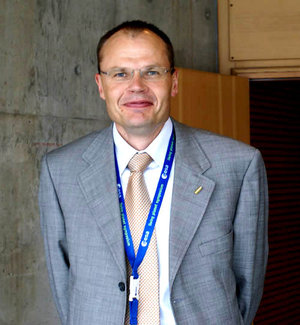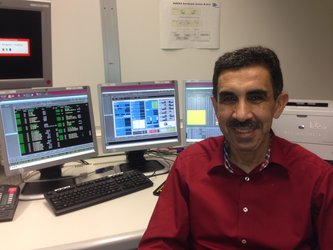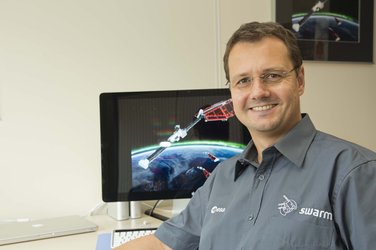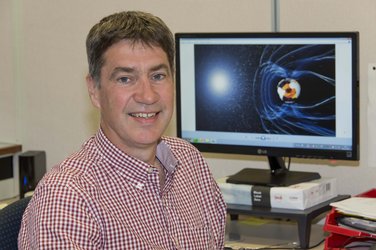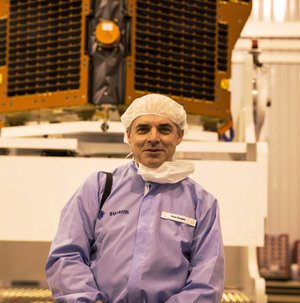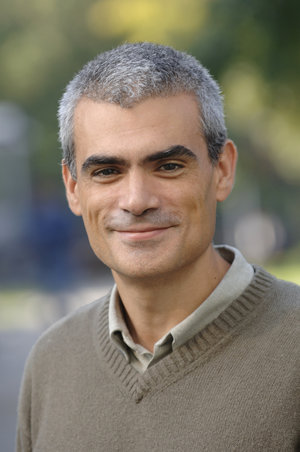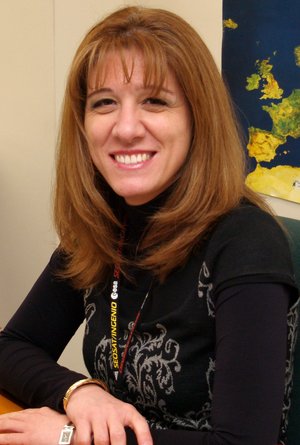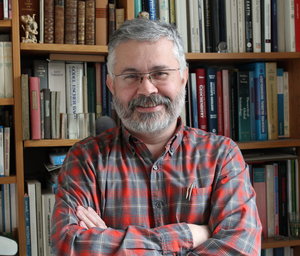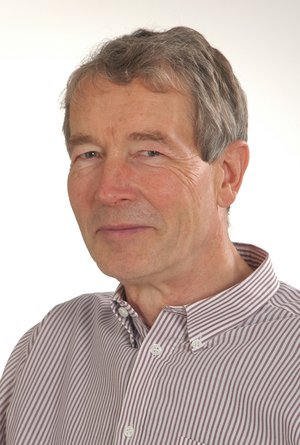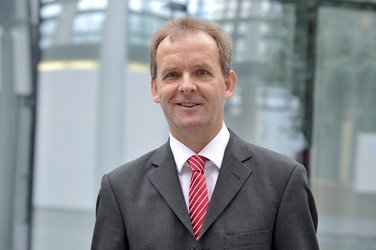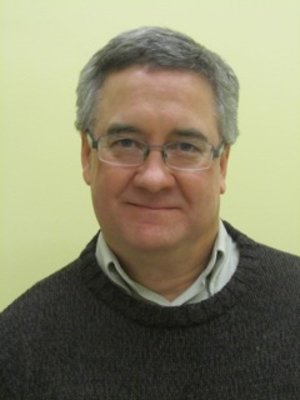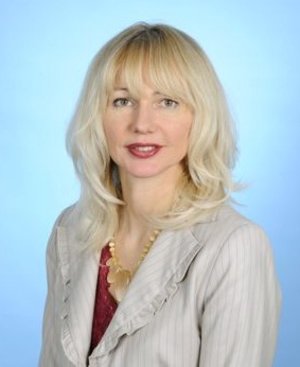Juan Piñeiro: Spacecraft Operations Manager
Juan Piñeiro is the Spacecraft Operations Manager (SOM) for Swarm and brings to the team a wealth of experience from previous Earth observation and science missions. Piñeiro works at ESOC, ESA's European Space Operations Centre, Darmstadt, Germany, under the mission's Flight Operations Director, and he manages a core Flight Control Team of seven engineers, analysts and spacecraft controllers dedicated to Swarm. The 47-year old Spaniard says that flying the three Swarm satellites is considerably more challenging than flying a single spacecraft, and requires more than just a bit of innovation to keep everything on track.

Juan Piñeiro is from Vigo, Galicia, Spain, and holds a Master’s degrees in Physics from the Universidad Complutense de Madrid. He started work at ESA's European Space Astronomy Centre (ESAC), Spain, in 1991 on the joint ESA/NASA International Ultraviolet Explorer (IUE) and, from 1995, on the Infrared Space Observatory (ISO). He moved to ESOC in 1998 to work as Integral Spacecraft Operations Engineer and, later, Deputy SOM. He was appointed SOM for the GOCE mission in November 2003, and in 2006 he started working in parallel on Swarm to oversee building the mission’s flight team and ground segment. Juan is married with two children, ages 9 and 10. In his limited spare time, he enjoys music and staying fit.
ESA: What is the most challenging aspect to operating the Swarm satellites?
Juan Piñeiro
The fact that our mission actually comprises three separate spacecraft is certainly a challenge. This means, for example, that we have to execute the critical LEOP – Launch and Early Orbit Phase – procedures three times, more or less in parallel. This in turn means more opportunities for problems to occur, but we’re pretty confident that we’re ready to handle them. It just takes a bit more discipline and innovation!
ESA: What have been your main tasks since you joined Swarm in 2006?
Juan Piñeiro
While I was still on GOCE, I was appointed as part-time Acting/SOM for Swarm, as the mission was still in the early stages. Initially, I did a lot of coordination with the satellite project team at ESTEC, advising them on how mission operations and the ground segment can best help achieve the scientific aims.
Starting in 2009, I went full time on Swarm. Since then, it’s been a steady job to assemble the Flight Control Team – some of whom came over from GOCE, some from other missions – and develop the overall plan for the operations ground segment. We've also worked steadily on writing and validating the flight control procedures, which involves a lot of work with the technical experts from the manufacturer. These procedures become our basic operations manual once in orbit, and contain all of the routine procedures and flight rules that the team follows.
The team have done a lot of training and they really know the three spacecraft in detail – even more so than me in some instances.
ESA: Who’s working on mission operations at ESOC?
Juan Piñeiro
Our core Flight Control Team is about seven engineers – from various countries in Europe. Exceptionally, now, just prior to lift-off, we have around 50 people dedicated to the extended Mission Control Team, which includes not only the core – and permanent – Flight Control Team but also experts temporarily allocated to us from flight dynamics, ground stations and software systems. This number allows us to have 24-hours-per-day staffing during the critical LEOP. Once we’re in routine operations, we’ll go back down to just a core Flight Control Team, with continuing support by specialists from the other teams at ESOC.
In addition to me, we have a deputy SOM plus the engineers who are assigned to specific areas such as propulsion, attitude and orbit control, on-board data handling, power and thermal and telecommunications. We also have a ‘SpaCon’, the Spacecraft Controller; this is the person who actually uploads the commands to the satellites.
The team have done a lot of training and they really know the three spacecraft in detail – even more so than me in some instances, as these are complex systems! But that’s why it makes sense to assign one engineer to each functional area, so that he or she can really specialise.
ESA: For you and the Flight Control Team, how do the long hours of training and actual operations - and being 'on call' - affect your family life?
Juan Piñeiro
They do have a big impact. Mainly during operations it is very difficult to make reliable private plans since unexpected problems might force you to change them. On the other hand, one should not lose perspective: occasional long working hours or unexpected phone calls in the middle of the night are still better for family life than frequent travelling, which is a must for many other jobs in our Agency and at other organisations or companies.
ESA: Do the mission operations team ever get to see the actual satellites?
Juan Piñeiro
Yes! Back in January 2012, we had a visit to Astrium at Ottobrunn, Germany, and most of us got to see them during integration. It was great! We work for years to help get the mission flying and then we have contact via the ground stations, but we otherwise never see the satellites once in orbit. Seeing them on ground is important from the point of view of motivation and team work.
Creativity is important anywhere, but taking a rigorous and analytical approach is paramount. In spacecraft operations, we are always just a little extra cautious – to reduce risk.
ESA: What advice can you offer to anyone interested in working in spacecraft operations?
Juan Piñeiro
Working and achieving satisfaction in this field requires that you be a team player and have the ability to work in a disciplined way within procedures. Creativity is important anywhere, but taking a rigorous and analytical approach is paramount. In spacecraft operations, we are always just a little extra cautious – to reduce risk. You usually can't undo a system change or command once it's done, so we prefer to take an incremental approach. We test everything first; but once we're ready, we're usually pretty confident of success.
Editor's note:
This is one in a series of interviews with a few of the key people that are involved in the Swam mission. Please check back as the list will be added to over the coming weeks.










